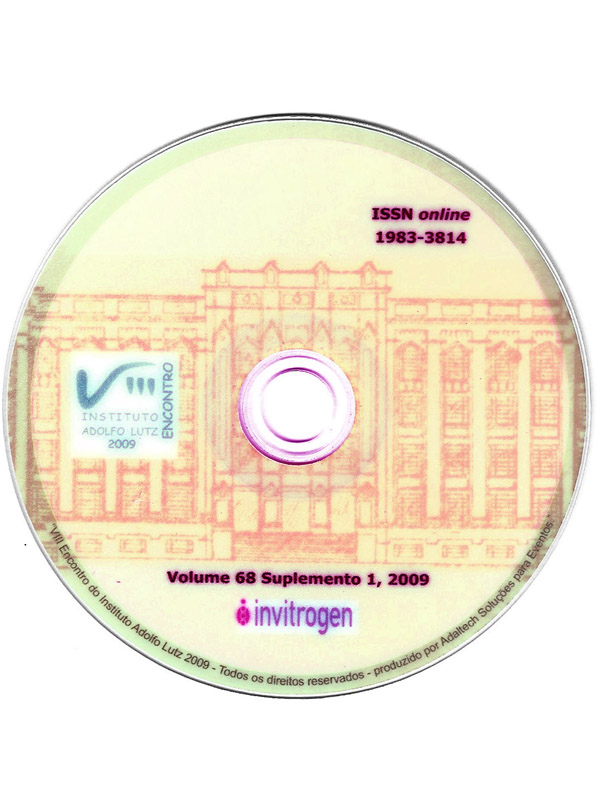Resumo
The worldwide analyses of HTLV-2 have demonstrated the existence of four molecular subtypes of the virus: HTLV-2a, -2b, -2c, and -2d. Studies on HTLV-2 isolates in Brazil have revealed that they are phylogenetically related to HTLV-2a subtype, but there is a HTLV-2b phenotype with respect to the transactivating protein, tax. These isolates were tentatively named HTLV-2c, but phylogenetic analysis of LTR, env, and tax regions unequivocally demonstrated that Brazilian HTLV-2 sequences are members of HTLV-2a subtype. Subgroups of HTLV-2 have been demonstrated by analyzing LTR genomic region. The present study aimed to investigate subgroups of HTLV-2 isolates from the South and Southeast regions of Brazil. A segment of 458 bp from LTR region of 14 HTLV2 isolates from Londrina, South of Brazil, and 4 HTLV-2 isolates from São Paulo, Southeast of Brazil were analyzed using restriction fragment length polymorphism (RFLP) and nucleotide sequence according to Switzer et al., 1995; Eiraku et al., 1996, and
Caterino-de-Araujo et al, 1997. Seven enzymes sites were used in RFLP analysis: DraII, AvaII, BanII, BglI, Bsu361, SacII, and SmaI. Phylogenetic tree and predicted endonuclease maps were constructed, and RFLP gel analysis was performed for comparison. Analysis of the nucleotide sequences clustered all isolates into subtype 2a, and it suggests the existence of distinct phylogenetic subgroups. The predicted restriction endonuclease maps of the amplified products disclosed four RFLP groups named: a4, a4Br, a5Br, and a6Br. There was good correlation between the observed phylogenetic clusters and the predicted RFLP groups. In addition, RFLP analysis showed the same profiles detected by restriction endonuclease maps. The obtained results confirm the occurrence of subgroup a4 and Brazilian HTLV-2a4Br, -2a5Br and -2a6Br subgroups, and stand RFLP analysis as an additional method for performing HTLV-2 epidemiology studies.

Este trabalho está licenciado sob uma licença Creative Commons Attribution 4.0 International License.
Copyright (c) 2009 MC Magri, HK Morimoto, JPG Batista, JLP Ferreira, AFAC Siqueira, R Rodrigues, LFM Brígido, A Caterino-de-Araujo
Deprecated: Non-static method PKPApplication::getRequest() should not be called statically in /var/www/html/plugins/reports/ReviewersReport/ReviewersReport.inc.php on line 22
Deprecated: Non-static method PKPApplication::getRequest() should not be called statically in /var/www/html/plugins/reports/ReviewersReport/ReviewersReport.inc.php on line 22
Deprecated: Non-static method PKPApplication::getRequest() should not be called statically in /var/www/html/plugins/reports/ReviewersReport/ReviewersReport.inc.php on line 22
